Speaking a bit about the branches in the art of Bonsai!
Hello friends, after several days of vacations (I say it was a vacation, I was really studying a lot for the week of evaluations of the masters in food engineering), I return to the blog with the pending publication on the branch of depth in bonsai.
Several days ago I participated in the challenge of design of bonsai of the friend @creativetruth, and in the design that showed that I show you below, several questions arose among which was why in the main trunk the branch of depth was first than the first branch or ichi-no-eda?
Here you can see the publication and the questions: Ideas for a Citrus Bonsai Tree | challenge from @creativetruth
To explain this topic I must first explain a technique of bonsai very applied in the design, this is called rule of the thirds. This consists of imaginatively grid a tree in three equal parts in vertical and horizontal, creating 9 frames, which divides the entire plant in thirds. This rule helps us to the correct location of the branches, to define the appropriate height and the adequate proportion of the tree.
For this example I will use the representation of a bonsai of informal style, which is a tree that is characterized by having a trunk with curvatures and sinuosities. It can also be said that it represents the tree in nature, where the environmental, climatic and caracateristic conditions of its species have forced its trunk to modify its verticality.
Applying the rule of the thirds and starting the drawing of the lines from the top base of the bonsai pot. We have to:
- The first branch will be approximately on the top line of the first third.
- The branch of depth, will be approximately above the middle of the second third, just between the first and second branch. Something very important is that this branch will give us the sensation of design to third dimension or 3D, that's why it is called depth. Ideally, go straight back, but in case you do not have it, you can wire and twist the trunk a bit so that the feeling that comes from behind.
- The second branch will be located approximately below the upper line of the second third, just opposite the first branch. And so on with the other branches and apice that should be located in the third third that would be the highest.
But, getting in practice trees that meet these parameters is somewhat complex, I even happened once, that my dog gave to eat the first branch of one of the oldest bonsai I had. And I had to figure out how to recover the design. I could do a graft but it would not be the same, I really did not know what to do. When I consulted with one of my bonsai teachers, he told me that in the art of bonsai, much is played with the visual effect at the moment of designing the design on our tree. This is no more than, if you need a branch, you can take it from another part and locate it where you need it, as long as the branch does not obstruct the eye causing imbalance, or becomes a defect of branches that speaks John Nakka in his book Bonsai Techniques.
So if you have a branch that goes over your branch of depth (which would be the third branch) you can wire it and place it right where you need it and this is in the top line of the first third. We would have something like this:
It can also happen with the second branch, if we take it from one of the upper branches it would look something like this:
Note two very important things, in this case you would have to locate the green area of the branch in the space that corresponds to the second branch and the fourth branch, in addition to placing a certain amount of foliage towards the front to hide a little to the eye human this arrangement we made, we also should as much as possible to make these arrangements get a lot of foliage in the tree to cover holes and hide branches, so that we would have a bonsai with a compact foliage. You can also notice that in this figure the tree is somewhat indented, that is, the weight of the foliage of the tree (so to speak) must be on the side of the first branch, so to solve this problem we try to remove secondary branch of the third branch and we place it a little lower to cover that space that remains.
If we look at the tree from above (only with first and second branch and the branch of depth) it should look like this:
This type of problems also occurs with the branch of depth, since there are many cases where it is never born between the first and second branches. There are times when it is above the second branch and in this case what we do is to wire and lower it to position it where it corresponds in theory. Or there are cases where it is born under the first branch, as it was in the design of the tree for the friend @creativetruth. In the latter case, it is wired in the same way and is positioned above the first branch, but backwards because it is the branch of depth. To help you a little in this last case we will also wire the first branch and lower it a bit so that visually it is noticed that there is a first branch, a branch of depth located between first and second and the respective second branch opposite the first.
To conclude I can say that at the practical moment of bonsai, there are many problems that can arise, but we must be very analytical, to solve them. As my teacher Nacho Marin said, you must know the rules of bonsai, and then break them without in doing so you alter the artistic design of your tree.
I hope you liked this publication, if you have any questions, I hope your question, I really like to interact with friends.
This was another publication of #TeamBonsai
If you want to know more about the art of bonsai and other topics just follow me, have resteem and upvote this publication. Happy and Blessed day wishes you:
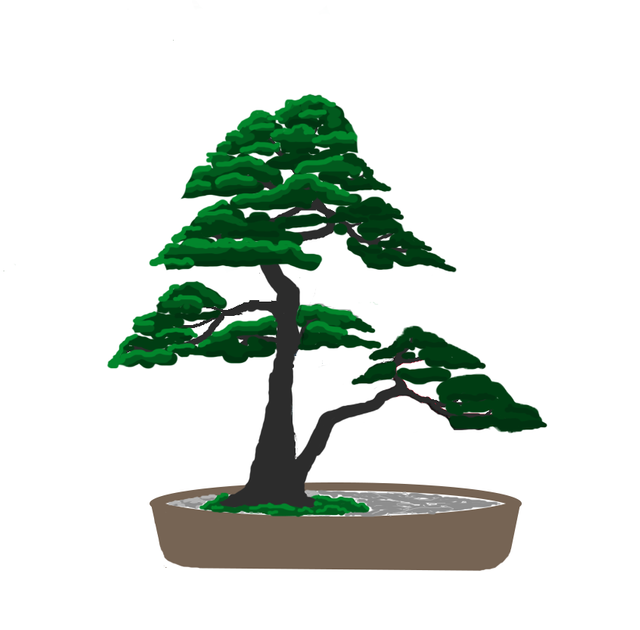
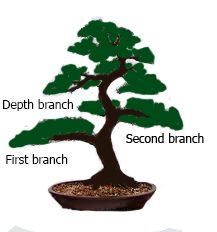

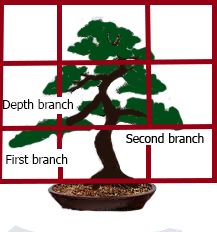
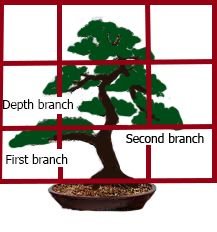
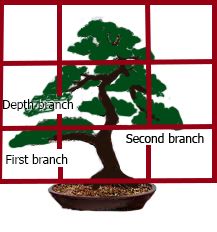
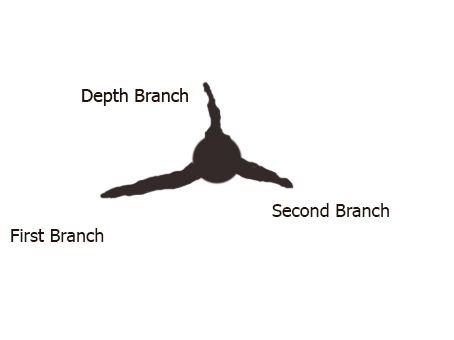
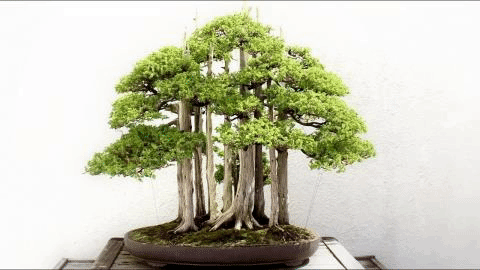

https://steemit.com/@a-0-0
Thank you for great posts !
I follow you.
I am looking forward to it.
Thank you @noteman!
Congratulations! This post has been upvoted from the communal account, @minnowsupport, by dlozada_3 from the Minnow Support Project. It's a witness project run by aggroed, ausbitbank, teamsteem, theprophet0, someguy123, neoxian, followbtcnews, and netuoso. The goal is to help Steemit grow by supporting Minnows. Please find us at the Peace, Abundance, and Liberty Network (PALnet) Discord Channel. It's a completely public and open space to all members of the Steemit community who voluntarily choose to be there.
If you would like to delegate to the Minnow Support Project you can do so by clicking on the following links: 50SP, 100SP, 250SP, 500SP, 1000SP, 5000SP.
Be sure to leave at least 50SP undelegated on your account.
¡@daniellozada! Muy bueno el contenido, sigue asi!
Esta publicación es apoyada por la comunidad de UNEEVERSO, para que al obtener votos automatizados pueda conseguir PROMOCIÓN GRATUITA y pueda darse a conocer a un público más grande. Este contenido lo merece, considera darle reesteem.
¿Te interesa, obtener upvotos y dar a conocer tu publicación?
Te invitamos a unirte a nuestra comunidad, cada día crece más y tu puedes crecer con nosotros.
¿Te interesa conocer sobre nuestro proyecto?: https://goo.gl/cuFExt
¿Te interesa conocer sobre nosotros y sobre actualizaciones de uneeverso.com?:
* Acceso a Uneeverso : https://www.uneeverso.com/registro
* Acceso temporal a Uneeverso : http://uneeverso-oficial.mircloud.host/registro
* Uneeverso en discordapp: https://discord.gg/Y5kM5Kj
* Siguenos: @blickyer @yunior.selbor @sweetvenon @arevaloarcadio @baudilio @jnavarrotovar
So much to learn! Thank you.
Thank you @isabeldorastorey!
Great post. Like your drawings. Very detail explanations. 👍🏻🏆
Thank you friend @romanolsamuels!